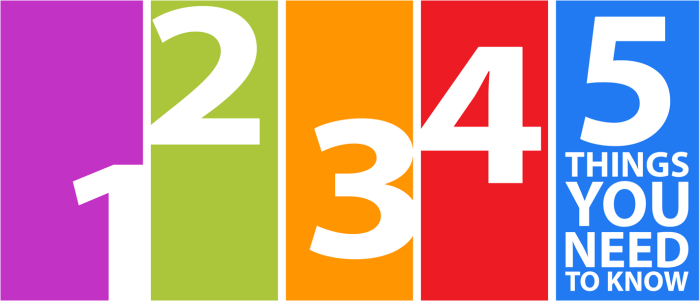Five things you need to know about Making Tax Digital for Business
Five things you need to know about Making Tax Digital for Business
- March 5, 2019
- Posted by: admin
- Category: Making Tax Digital (MTD)

Five things you need to know about Making Tax Digital for Business
The biggest change to the UK’s tax system for a generation is happening right now – but do you know how your business will be impacted? Our recent survey of small business owners in the UK suggests that one in five still don’t know what Making Tax Digital (MTD) is, let alone how they’ll be affected. If this includes you, here’s a quick rundown of the things you need to know.
1. No more annual tax returns
Making Tax Digital is being introduced to make the reporting of your business’s financial information to HMRC more efficient, with no more ‘bureaucratic form filling’. This includes the end of the annual tax return as we know it for everyone impacted by MTD – instead you will send information to HMRC digitally at least four times a year via your digital tax account. This doesn’t mean that you’ll have to complete four tax returns per year, you’ll simply need to provide more regular financial updates online.
2. Making Tax Digital has already started
Following a successful pilot scheme, MTD for VAT is due to roll out to all affected businesses from 1st April 2019. From this date the rules will require VAT-registered businesses with taxable turnover above the VAT threshold to store financial data and submit VAT returns to HMRC through MTD-compatible software.
For Income Tax and Corporation Tax the details are still being finalised and HMRC has said that they won’t come under the scope of MTD until at least 2020.
Here’s a timescale highlighting the biggest changes for small businesses since MTD began:
April 2017
- MTD private pilot begins for those who have voluntarily subscribed.
July – December 2017
- Digital tax accounts show taxpayers an overview of their tax liabilities in one place.
- HMRC begins a private pilot of Making Tax Digital for VAT.
Spring 2018
- Live pilot of Making Tax Digital for VAT begins.
April 2019
- Businesses with a turnover above the VAT threshold are required to keep digital records and submit quarterly returns for VAT purposes only through compatible software.
April 2020
- HMRC looks to widen the scope of Making Tax Digital.
You may have noticed that you already have access to your digital tax account with HMRC. This account is integral to MTD – it’s where you will update HMRC about your business finances and access all your tax information.
3. You will need to submit your business’s figures using software
You will need to keep HMRC informed of your business’s finances digitally through some form of accounting software. HMRC has stated that spreadsheets might be OK for this but the spreadsheet you use will need to be able to connect to your digital tax account. It’s also worth bearing in mind that there are a number of other reasons to ditch spreadsheets when it comes to recording your financial data!
4. Tax updates will happen in ‘real-time’
HMRC has said that once MTD is up and running they’ll provide you with your business’s tax position in ‘as close to real-time as possible’. To help prevent errors and stop tax due or repayments owed from building up, HMRC will collect and process the information you provide throughout the year. This means that you shouldn’t have to wait until the end of the year to find out how much tax you owe.
5. A few groups are exempt from MTD
The threshold for Making Tax Digital obligations has been set at £10,000 – if your business’s annual sales fall below this figure then you won’t have to take part; however, you can opt in if you want to.
A few more groups are exempt including the ‘digitally excluded’ and those who cannot interact with digital technology for religious reasons.
